Home › Solutions › Energy Monitoring › What are Scope Emissions?
Contents
What are Scope Emissions?
Most widespread emissions reporting guidelines in the UK and overseas, such as SECR and CDP, have adopted the framework set out by The Greenhouse Gas (GHG) Protocol.
This separates emissions into three separate ‘Scopes’, based on whether emissions are direct or indirect.
Separating emissions into scopes helps to apply life cycle thinking, to assign levels of responsibility, and to avoid double counting emissions from separate entities. Below is a quick overview of how emissions are split between scopes.
During the run-up to #WorldEnvironmentDay, we've been thinking about #Emissions Reporting Scopes, which is something that businesses must comply with within the UK.
— Hark (@harksys) June 5, 2020
Our Data Scientist, Angus, gives an introduction to this topic and highlights why these #scopes are important. pic.twitter.com/asTOAiFkOk
Differences between direct and indirect emissions
Emissions can be direct or indirect depending on the ownership or controlling entity.
Direct Emissions
Emissions from sources that are owned and controlled by the reporting entitiy.
Indirect Emissions
Emissions that are a consequence of the activities of the reporting entity but occur at sources owned or controlled by another entity.
Differences between scopes 1, 2 & 3
There are 3 types of emissions scopes, here we define each scope as well as providing an example of what type of emission is included within each scope.
Example
Scope 1
Scope 2
Definition: Indirect emissions from purchased power.
These are emissions from the generation of electricity, heat and steam.
Scope 3
Definition: All other indirect emissions from the value chain.
These are from sources outside of the business’ control, such as purchased goods and services, business travel, employee commuting, waste disposal and use of sold products.
